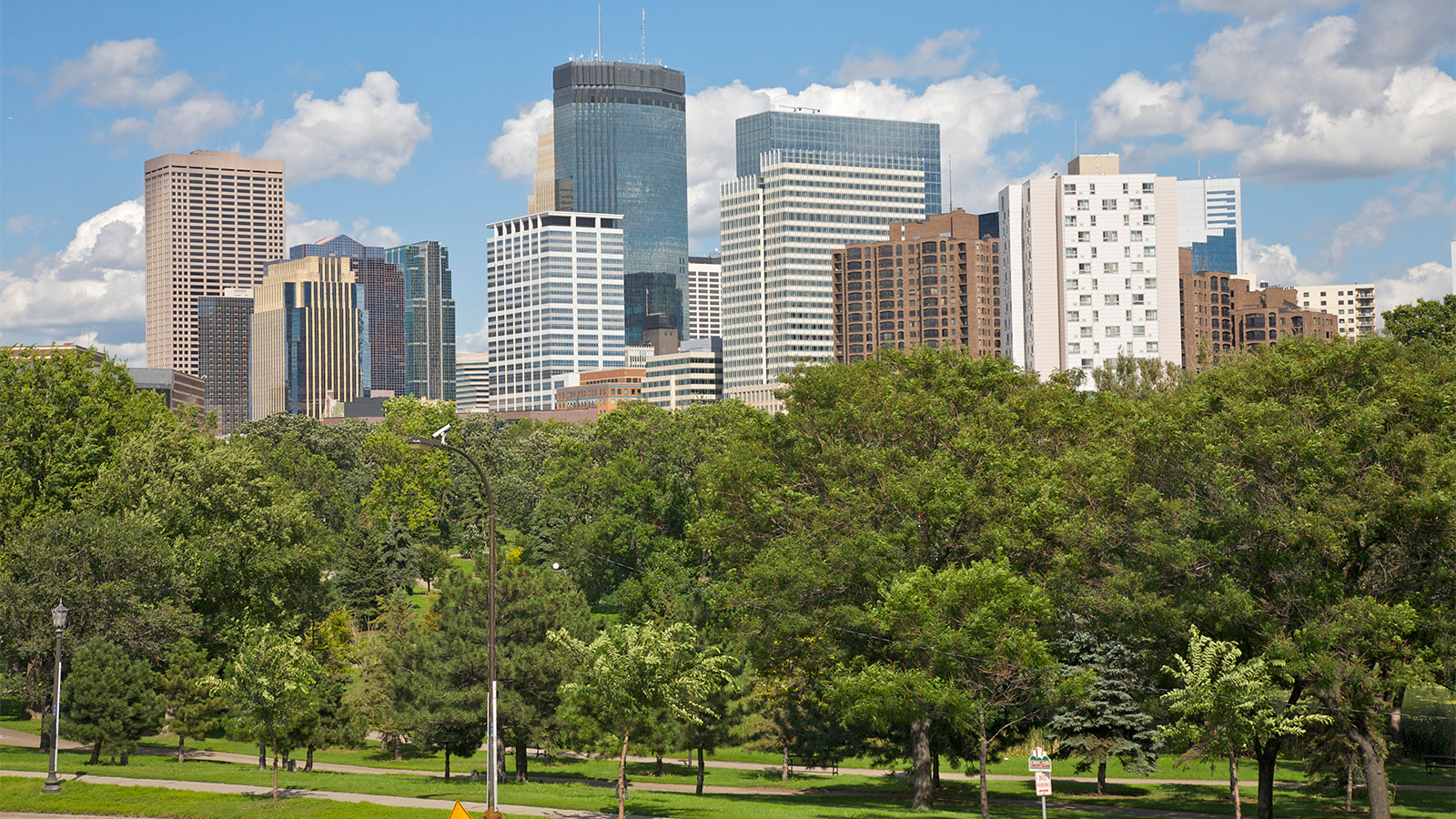For the first time in its history, a national ranking of urban green space in America is not only looking at the number and quality of parks within the country’s 100 largest cities, but also the equity of their distribution — shining a spotlight on the glaring gaps between access to nature along racial and socioeconomic lines.
Historically, the Trust for Public Land’s annual ParkScore index ranked cities based on four factors: acreage, investment, amenities, and access. But the 2021 index, released Thursday, includes equity components that compare, for example, park space per capita for mostly neighborhoods of color versus white neighborhoods, space per capita for low-income versus high-income neighborhoods, and how many low-income and people of color are within 10 minutes walking distance of a park.
“It’s been something that park systems and cities have asked us about repeatedly over the years,” Linda Hwang, director of strategy and innovation at the Trust for Public Land, told Grist. “We’re really proud to be able to include that category into the index in the rankings this year.”
The addition of equity addressed a disparity in the Trust for Public Land’s scoring process that allowed Minneapolis to rank number one seven out of the nine times it had previously been included in the analysis, despite well-known inequality issues across the city’s parks. Washington D.C.’s park network instead grabbed the top spot this year.
Public green space makes up around 15 percent of the city of Minneapolis — one of the highest ratios in the country. In 2020, 98 percent of Minneapolis residents lived within a 10-minute walk of a park. But, the park system has historically benefited Minneapolis’ white residents far more than its communities of color.
In the mid 1900s, Minneapolis’ parks were at the center of redlining practices that prevented any non-white residents from living there, with effects continuing into today. Parks in low-income and communities of color in Minneapolis have historically received the least amount of funding. The local branch of the National Association for the Advancement of Colored People, or NAACP, has also spoken out about discrimination that park employees of color have faced. Minneapolis’ parks have also been critiqued for having their own police force that patrol the 6,000 acres of park land, creating a sometimes hostile environment for its Black park-goers. Within the city, Minneapolis police use force against Black residents seven times more than white residents.
It’s a gap in the scoring that is representative of a problem beyond just Minneapolis. Across the 100 cities analyzed for the new Trust for Public Land index, neighborhoods mostly composed of people of color have an average of 44 percent less access to parks per person than mostly white neighborhoods. Similarly, low-income residents have 42 percent less park space than high-income neighborhoods.
To address the park equity divide, Hwang and Ronda Chapman, equity director at the Trust for Public Land, say joint use agreements with schools that allow schoolyards to be utilized as parks outside of school hours are a great way to increase park access. Additionally, they say, cities should prioritize converting vacant lots and parking lots into parks, as well as create park equity plans.
In 2016, Minneapolis became the first park system in the country to make equity a guiding principle for park investments. “Those are the kinds of reforms that we want to see,” said Hwang. “There is a park equity gap, but the residents of Minneapolis, and the Park and Rec board recognize it, and they are working to address it.” This year Minneapolis ranked third in the annual parks scorecard.
St. Paul, Minnesota ranked second place, below Washington, D.C., Arlington, Virginia ranked fourth, and Chicago, Illinois fifth. Several cities rose in ranking due to the new equity measure, including Baltimore, which rose 28 places, moving from 58th place last year to 30th this year. Both Toledo, Ohio and Newark, New Jersey rose 27 spots.
The Trust for Public Land is part of a coalition calling for federal investment through the Parks, Jobs, and Equity Act — a $500 million investment in local parks with priority to high-need populations determined by income, age, or other vulnerability factors. It would fund 1,000 new or upgraded parks and save or create several thousand jobs.
“We definitely recognize that parks are not just a ‘nice to have,’” said Chapman, “we see them as a vehicle for holistic well-being.”
Access to greenspace is correlated with positive health outcomes such as decreases in depression and anxiety, improved concentration, and reduced blood pressure. Parks aren’t just good for recreation or relaxation either — they also provide flooding support, and increase essential shade and cooling.
“They are part of our public health infrastructure,” said Hwang. “When you invest in your park system you are investing in so many other benefits that will come to people in the city related to climate and health and community.”



